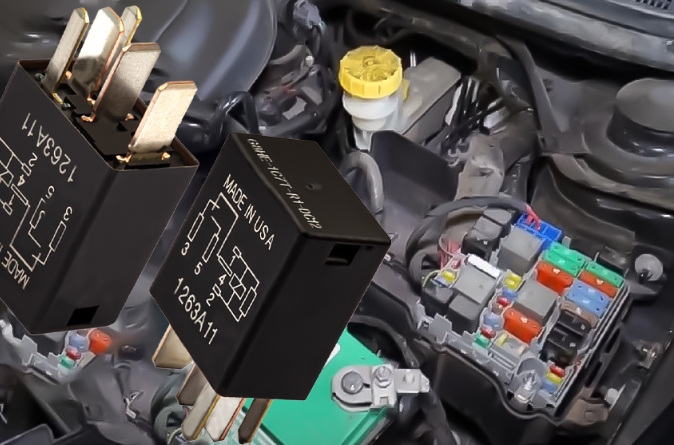Fuse vs Wire: Unraveling the Differences and Applications

In the world of electrical systems and circuits, two crucial components play a significant role in ensuring safety and functionality: fuses and wires. While both are essential, they serve distinct purposes and possess unique characteristics. Understanding the differences between fuses and wires is crucial for professionals and enthusiasts alike. In this article, we will delve into the intricacies of these components, exploring their functions, properties, and applications.
- Definition and Purpose:
Fuses: Fuses are protective devices designed to interrupt the flow of current in a circuit when it exceeds a predetermined threshold. They act as sacrificial elements, sacrificing themselves to protect the circuit and connected devices from overcurrent conditions. Fuses are typically composed of a metal wire or strip that melts when excessive current passes through it, thereby breaking the circuit.
Wires: Wires, on the other hand, are conductive pathways that allow the flow of electrical current between components. They are made of various materials, such as copper or aluminum, and come in different gauges or sizes. Wires serve as the essential conduits for transmitting electrical power or signals within a circuit.
- Construction and Composition:
Fuses: Fuses consist of a fuse element, which is the conductive part that melts under high current conditions, and a housing or enclosure that protects the fuse element. The fuse element is typically made of a metal alloy with a low melting point, such as silver or copper. The housing is designed to provide mechanical support and electrical insulation.
Wires: Wires are typically made of highly conductive materials, such as copper, due to their low resistance. The conductive material is usually surrounded by an insulating material, such as PVC or rubber, to prevent electrical leakage and ensure safety. The size or gauge of the wire determines its current-carrying capacity, with thicker wires capable of carrying higher currents.
- Functionality and Protection:
Fuses: The primary function of a fuse is to protect electrical circuits and connected devices from overcurrent conditions. When the current exceeds the fuse's rated value, the fuse element melts, creating an open circuit and preventing further damage. Fuses are commonly used in various applications, including residential, commercial, and industrial electrical systems.
Wires: Wires, as conductive pathways, facilitate the flow of electrical current between components. They provide the necessary connectivity for devices to operate within a circuit. Wires are selected based on their current-carrying capacity, voltage rating, and environmental considerations. Proper wire sizing and insulation are crucial to ensure efficient and safe electrical transmission.
- Applications:
Fuses: Fuses find extensive applications in electrical systems where protection against overcurrent is critical. They are commonly used in power distribution panels, motor control centers, appliances, automotive circuits, and electronic devices. Fuses come in various types, such as cartridge fuses, blade fuses, and thermal fuses, each suited for specific applications.
Wires: Wires are ubiquitous in electrical and electronic systems, serving as the backbone for power transmission and signal communication. They are used in residential wiring, building installations, automotive wiring harnesses, electronic circuitry, and telecommunications networks. Different wire types, such as solid or stranded wires, are chosen based on the specific application requirements.
Conclusion:
In summary, fuses and wires are integral components of electrical systems, each with its unique role and characteristics. Fuses act as protective devices, safeguarding circuits from overcurrent conditions, while wires provide the necessary connectivity for electrical transmission. Understanding the differences between fuses and wires is crucial for professionals and enthusiasts to ensure the safe and efficient operation of electrical systems in various applications.


